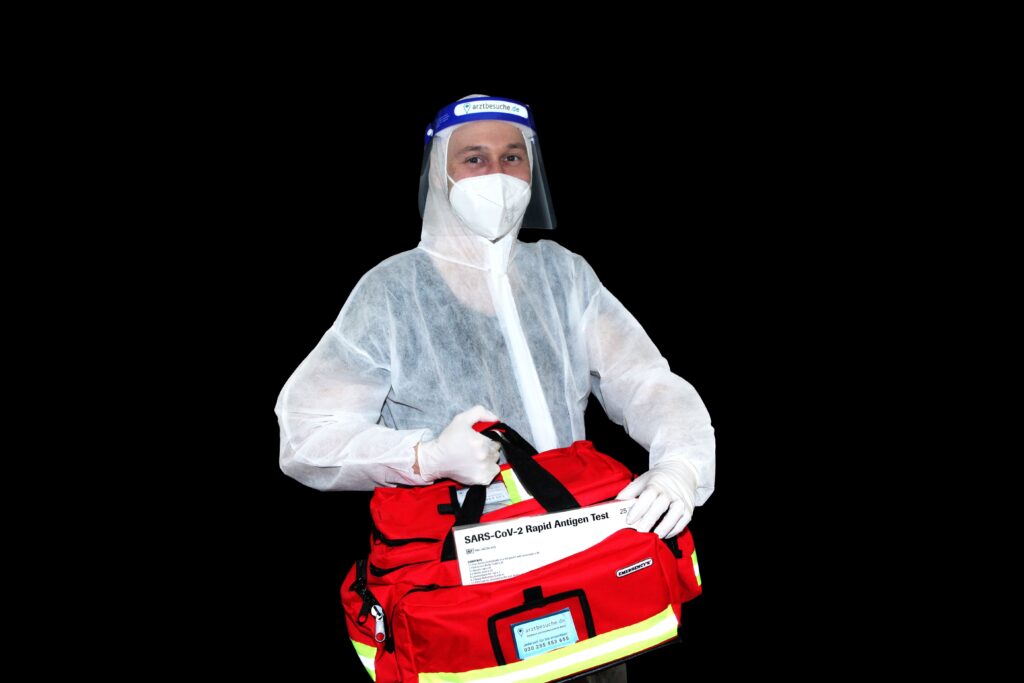
OSHA Bloodborne Training
Bloodborne pathogen training must be provided for employees who are at risk of being exposed to blood and other bodily fluids in the workplace. OSHA requires employers to provide bloodborne pathogen training to each employee with occupational exposure under 29 CFR 1910.1030(g)(2)(i). Bloodborne pathogens are infectious microorganisms found in human blood that can cause diseases such as hepatitis B (HBV), hepatitis C (HCV) and human immunodeficiency virus (HIV). Employees in housekeeping and the healthcare industry are more at risk of being exposed to bloodborne pathogens.
What is OSHA Bloodborne Training?
Under OSHA’s bloodborne pathogens standard, employers having employees with exposure to blood or other potentially infectious materials (OPIM) must provide employees training on all elements of the standard including information on bloodborne pathogens and diseases and methods used to control exposure. The bloodborne pathogens standard requires initial and annual training of employees.
Hepatitis B vaccine, and medical evaluation and post-exposure follow-up procedures.
The bloodborne pathogens training will cover :
- The definition of bloodborne pathogens
- How bloodborne pathogens are transmitted
- Information on hepatitis B vaccine
- Information on medical evaluations and post-exposure follow-up procedures
After completing the training, your employees will be able to:
- Identify exposure risks and implement control methods to avoid contracting diseases
- Wear and use the appropriate personal protective equipment
- Help in first aid emergency situations safely
- Comply with the exposure control plan
Insure Compliance will meet with your staff and conduct in-person training that explains how and when to use control methods to prevent transmission of bloodborne pathogens and all the other training requirements under the OSHA standards.
Regulations covered:
- 29 CFR 1910.1030(g)(2)(i): The employer shall train each employee with occupational exposure in accordance with the requirements of this section. Such training must be provided at no cost to the employee and during working hours. The employer shall institute a training program and ensure employee participation in the program.
Why should I do an OSHA Bloodborne Training?
OSHA requires that any employee who works with blood must understand how to protect themselves and other people from blood or materials containing blood such as needles. The benefits of completing the OSHA bloodborne pathogen training for employees include:
- Preparing workers in case of an emergency
- Fulfilling OSHA guidelines
- Minimizing risks in the workplace
- Complying with insurance requirements
This service is often combined with:
First Aid Training
Exposure Control Plan
Injury and Illness Protection Program
Employees not in the healthcare industry would benefit greatly from knowing basic first aid skills to assist in the event of a medical emergency in the workplace.
Each employer having an employees with occupational exposure shall establish a written Exposure Control Plan designed to eliminate or minimize employee exposure.
An IIPP is a safety manual that contains all the safety policies that your company may need. Insure Compliance will put a safety manual together for your company that complies with OSHA standards.
We believe safety and profit are not mutually exclusive
With Insure Compliance, we apply our Safety Gap Model to analyze safety programs and identify gaps that prevent companies from creating safe and profitable work environments.
Insurance Roots
Our roots in insurance mean we don’t just understand the safety side of the business, but how to implement a safety program that minimizes your risk.
Proven Methodology
Our Safety Gap Model gets results: lowers costs, less incidents, and reduced insurance costs.
True Partnership
Much of business is about reducing risk. We work with you to implement safety initiatives that reduce risk, moving you to a shared goal of a safer and profitable future.
Lead with Care
We believe safety performance changes when there is a focus on encouragement and teachable moments, not reprimands.
Subscribe to our newsletter
Create a positive Safety culture
without breaking the bank

